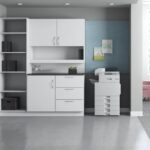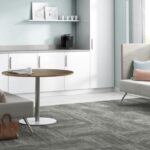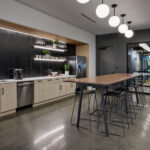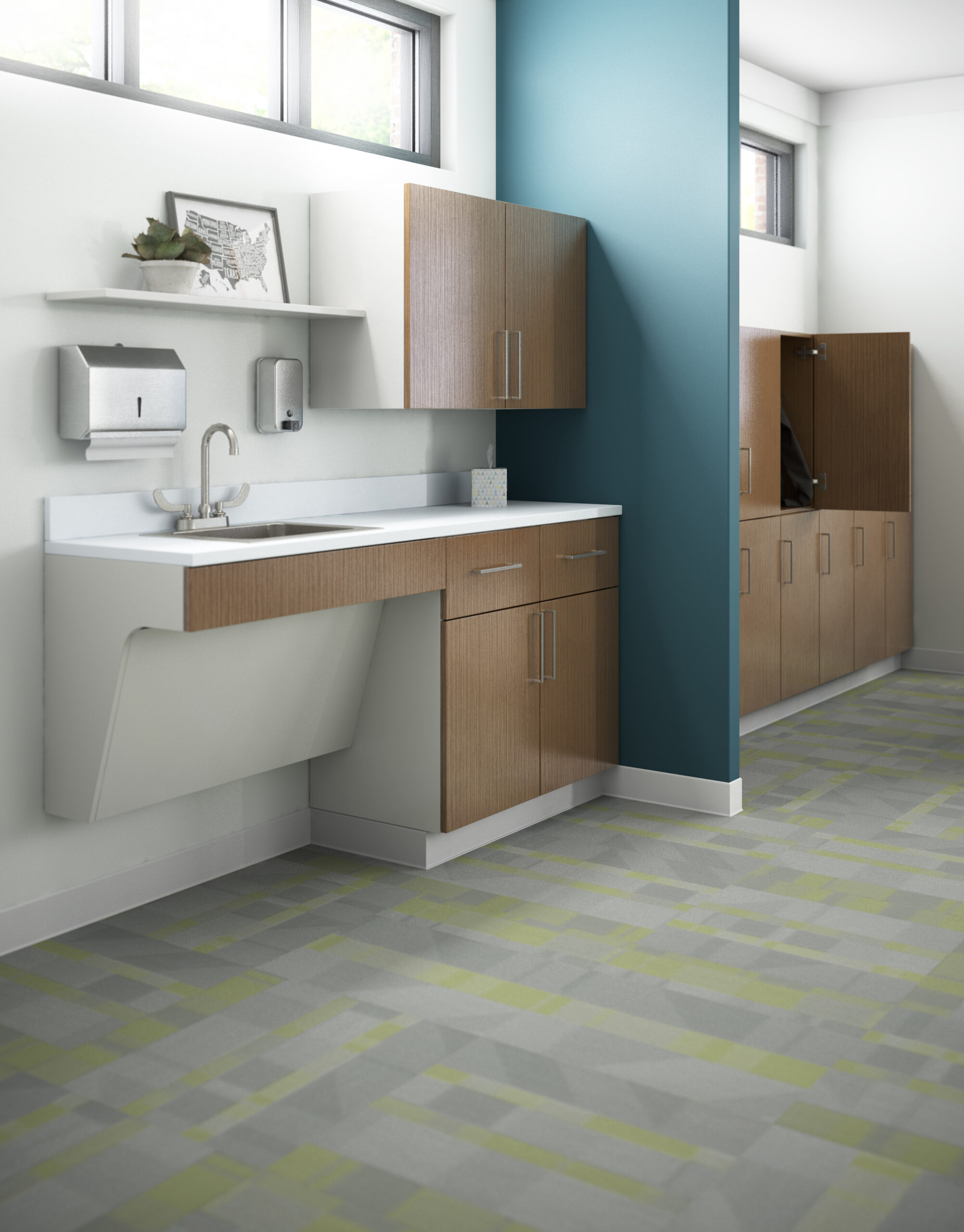Modular furniture is a versatile and practical solution for office spaces, allowing for flexibility, customization, and efficient use of space. Here are some ideas and tips for incorporating modular furniture into your office decor:
Benefits of Modular Furniture
- Flexibility: Easily reconfigurable to adapt to changing needs or team sizes.
- Customization: Can be tailored to fit specific requirements and preferences.
- Space Efficiency: Maximizes use of available space with multifunctional pieces.
- Scalability: Easy to add or remove components as needed.
Key Components of Modular Office Furniture
- Modular Desks
- Configurations: Choose from straight desks, L-shaped desks, or U-shaped desks that can be combined or separated.
- Features: Look for options with built-in cable management, adjustable heights, and storage solutions.
- Modular Seating
- Chairs: Ergonomic chairs with adjustable features.
- Modular Sofas: Can be rearranged to create different seating arrangements, from individual seats to larger lounge areas.
- Storage Solutions
- Modular Shelving: Units that can be stacked or arranged in various configurations to fit different spaces.
- Storage Cubes: Versatile and can be used as side tables, extra seating, or storage.
- Partition Walls
- Freestanding Panels: Can be moved to create private work areas or meeting spaces.
- Acoustic Panels: Help reduce noise and create a more focused work environment.
- Collaborative Spaces
- Modular Tables: Large tables that can be split into smaller ones or rearranged for different types of meetings.
- Interactive Whiteboards: Mobile boards that can be moved around the office.
- Accessories
- Mobile Pedestals: Rolling storage units that can be moved under desks or used as additional seating.
- Planters: Modular planters that can be integrated into shelving units or used as partitions.
Design Tips for Modular Office Furniture
- Plan for Adaptability
- Design the layout with future changes in mind, ensuring that furniture can be easily reconfigured.
- Prioritize Ergonomics
- Choose ergonomic chairs and desks to ensure comfort and productivity.
- Use a Neutral Color Palette
- Opt for neutral colors for larger pieces and add pops of color with accessories to create a cohesive look.
- Incorporate Technology
- Ensure desks and tables have built-in power outlets and cable management systems to keep the workspace tidy.
- Create Zones
- Use modular furniture to define different areas in the office, such as workstations, collaborative zones, and relaxation areas.
Examples of Modular Furniture Configurations
- Workstations
- Cluster Desks: Group desks together to create a collaborative environment.
- Individual Pods: Separate workstations with partition walls for privacy.
- Meeting Spaces
- Flexible Meeting Rooms: Use modular tables and chairs that can be arranged in different configurations for various meeting types.
- Breakout Areas: Modular sofas and tables for informal meetings or breaks.
- Lounge Areas
- Modular Sofas and Chairs: Create comfortable seating arrangements that can be easily reconfigured.
- Storage Cubes: Double as seating and storage for a tidy lounge space.
Inspirational Images
- Open Plan with Modular Desks and Shelving:
- Collaborative Workspace with Modular Tables and Seating:
- Private Workstations with Modular Partitions:
By integrating modular furniture into your office, you can create a dynamic and adaptable workspace that meets the needs of your team and enhances productivity.
CALL NOW:- 9999351946
Check out our latest post on our website. www.bywayindia.com
Follow us on LinkedIn :- https://lnkd.in/g-6NAgre
Follow us on Facebook :- https://lnkd.in/g6fUUXvw
Follow Us on Twitter:- https://x.com/byway_india







